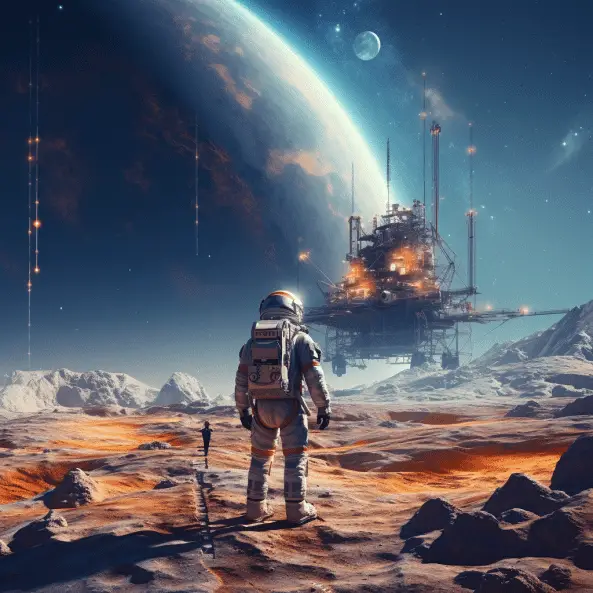
The Role of AI in Space Exploration and Research
The advent of Artificial Intelligence (AI) has revolutionized various industries, including space exploration and research. The integration of AI in space missions has enhanced our understanding of the universe and unlocked new possibilities for scientific discoveries. Here, we delve into the significant role AI plays in expanding our knowledge of space.
1. Autonomous Systems and Robotics
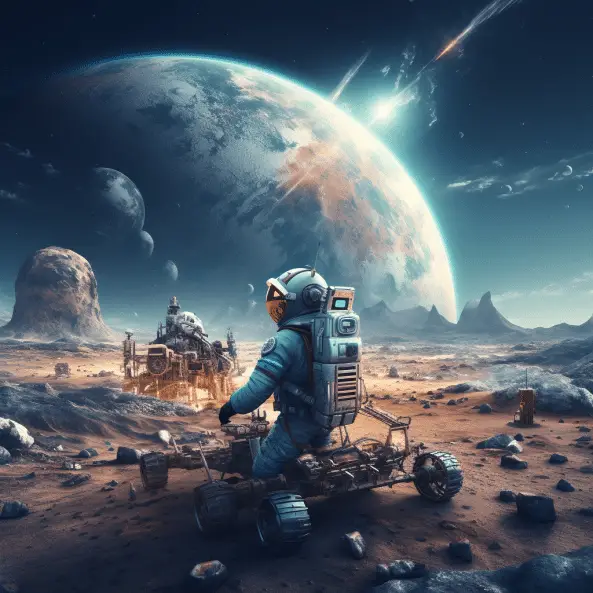
AI-powered autonomous systems and robots are instrumental in carrying out complex tasks that are otherwise hazardous for human astronauts. These systems aid in collecting data, analyzing it in real-time, and making informed decisions without human intervention. From repairing spacecraft to exploring distant planets, AI-enabled robots have significantly expanded our reach in the cosmos.
2. Data Analysis and Pattern Recognition
The vast amount of data collected from space missions is a treasure trove of information waiting to be unlocked. AI algorithms have the ability to process this data at an unprecedented scale, identifying patterns, and extracting insights that might have otherwise gone unnoticed. Whether it’s analyzing telescopic images or deciphering complex astronomical phenomena, AI plays a crucial role in extracting valuable knowledge from the vast cosmic data.
3. Exploration Planning and Navigation
AI empowers space probes and rovers to navigate through difficult terrains and make optimal decisions in real-time. By simulating different scenarios and learning from past missions, AI helps in planning and executing intricate exploration missions with precision. This ability to adapt and navigate in unknown territories opens up avenues for discovering new celestial bodies and investigating their composition.
4. Natural Language Processing and Communication
Communication between astronauts, mission control centers, and AI-enabled systems is vital in space exploration. Natural Language Processing (NLP) techniques enable efficient communication and enable astronauts to interact with AI systems using natural language interfaces. This technology empowers them to seek answers, troubleshoot problems, and receive critical information in real-time, improving both safety and efficiency during missions.
5. Spacecraft Health Monitoring
AI algorithms assist in monitoring the health and performance of spacecraft and satellites. They can analyze sensor readings, detect anomalies, predict potential failures, and recommend preventive measures. Such capabilities enable early detection of issues, reducing downtime, and enhancing the overall reliability of space vehicles.
Conclusion
Artificial Intelligence continues to push the boundaries of space exploration, revolutionizing our understanding of the cosmos. From autonomous systems and pattern recognition to exploration planning and spacecraft health monitoring, AI plays a crucial role in expanding our knowledge of the universe. With further advancements in AI, we can expect to unlock even more profound insights and make monumental discoveries beyond our planet.
Sources:
1. NASA: https://www.nasa.gov/ai-in-space
How does the integration of AI into space research contribute to our understanding of the universe
The integration of AI into space research has various contributions to our understanding of the universe. Here are a few key ways:
1. Data Analysis: AI can handle vast amounts of data collected from space missions, telescopes, and satellites more efficiently than humans. These algorithms can quickly analyze complex data sets, identify patterns, and extract meaningful insights. This enables scientists to uncover hidden relationships and trends in astronomical data, leading to new discoveries and a deeper understanding of the universe.
2. Image Processing and Classification: AI-powered image processing techniques help in enhancing and analyzing cosmic images. AI can identify celestial objects, classify stars, galaxies, and other astronomical phenomena, and even detect transient events such as supernovae. These capabilities assist astronomers in cataloging and studying celestial objects more comprehensively.
3. Simulation and Modeling: AI algorithms can simulate astrophysical phenomena and generate models to simulate complex environments like star formation, galaxy formation, or the behavior of black holes. By creating and refining these simulations, scientists can better understand the formation, evolution, and behavior of celestial objects and systems.
4. Spacecraft Autonomy: AI can automate various aspects of spacecraft operations, reducing human intervention and enabling more efficient and autonomous exploration. AI-powered rovers and spacecraft can navigate, analyze terrain, and make decisions based on sensor inputs, contributing to more effective space missions and data collection.
5. Deep Space Exploration: With AI’s ability to analyze and interpret data in real-time, it can enhance the efficiency of missions in remote and extreme environments like deep space. It enables adaptive planning, intelligent scheduling, and real-time decision-making, making long-duration space missions more feasible and cost-effective.
Overall, the integration of AI into space research revolutionizes our understanding of the universe by enabling advanced data analysis, efficient image processing, accurate simulations, autonomous spacecraft operations, and enhancing deep space exploration capabilities.
In what ways can AI improve the efficiency and accuracy of space exploration missions?
AI can improve space exploration missions in several ways, including efficiency and precision.
1. Autonomous Exploration: AI enables autonomous navigation and decision-making for robotic spacecraft, reducing human intervention. This enables real-time decision-making and adaptation, enhancing mission efficiency.
2. Data Analysis: AI algorithms efficiently process large volumes of data, detecting patterns, anomalies, and scientific discoveries that people may miss. Extraction of meaningful information from mission data supports scientific breakthroughs.
3. Image Processing and Recognition: AI can examine spacecraft photos and recognize certain features or objects. This skill is essential for mapping celestial bodies, identifying risks, and identifying targets for further inquiry.
4. Intelligent Planning and Scheduling: AI-based solutions enhance mission planning and resource allocation, considering fuel efficiency, communication limits, and scientific aims. These technologies make real-time adjustments to plans to optimize mission efficiency.
5. Robotics and Automation: AI-powered robots can handle jobs including sample collection, repairs, maintenance, and assembling in space. This simplifies human spacewalks and improves speed and precision in difficult activities
How is AI being utilized in space exploration and research?
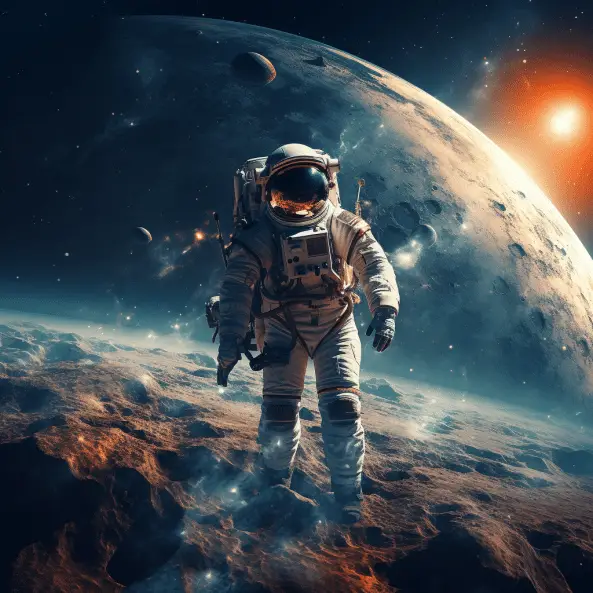
AI is playing a crucial role in space exploration and research. Here are a few ways in which AI is being utilized in this field:
1. Autonomous Navigation: AI algorithms enable autonomous navigation of spacecraft and rovers. These algorithms use computer vision and sensor data to analyze the surroundings, plan routes, and make decisions without human intervention.
2. Data Analysis: AI helps in analyzing vast amounts of data collected from space missions. Machine learning and deep learning techniques are used to identify patterns, detect anomalies, and extract meaningful insights from the data.
3. Robotics and Automation: AI is used to control robotic systems and space probes. This includes tasks such as object manipulation, sample collection, and repairs. AI enables these robots to learn from their environment and adapt to new situations.
4. Mission Planning: AI is applied to assist in mission planning and scheduling. It helps in optimizing trajectories, allocating tasks to different instruments, and reducing mission risks by simulating various scenarios.
5. Space Telescopes: AI algorithms are employed in space telescopes to efficiently and intelligently process huge amounts of astronomical data. This aids in tasks like identifying celestial objects, analyzing images, and discovering new phenomena.
6. Natural Language Processing: AI technologies are used to develop natural language interfaces that enable astronauts to communicate with spacecraft, robotics systems, and ground control. This facilitates better human-machine interaction and improves mission efficiency.
7. Exoplanet Discovery: AI is utilized to analyze data from telescopes and identify exoplanets by detecting subtle patterns in light variations. These algorithms help in accelerating the search for potentially habitable planets beyond our solar system.
Overall, AI is revolutionizing space exploration and research by enhancing the capabilities of spacecraft, analyzing data in real-time, and expanding our understanding of the universe.

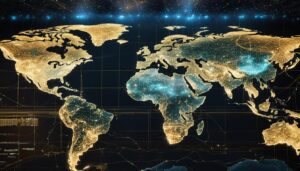
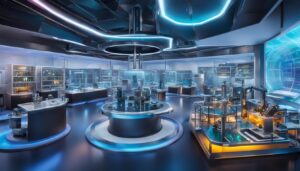






Thanks for sharing. I read many of your blog posts, cool, your blog is very good.